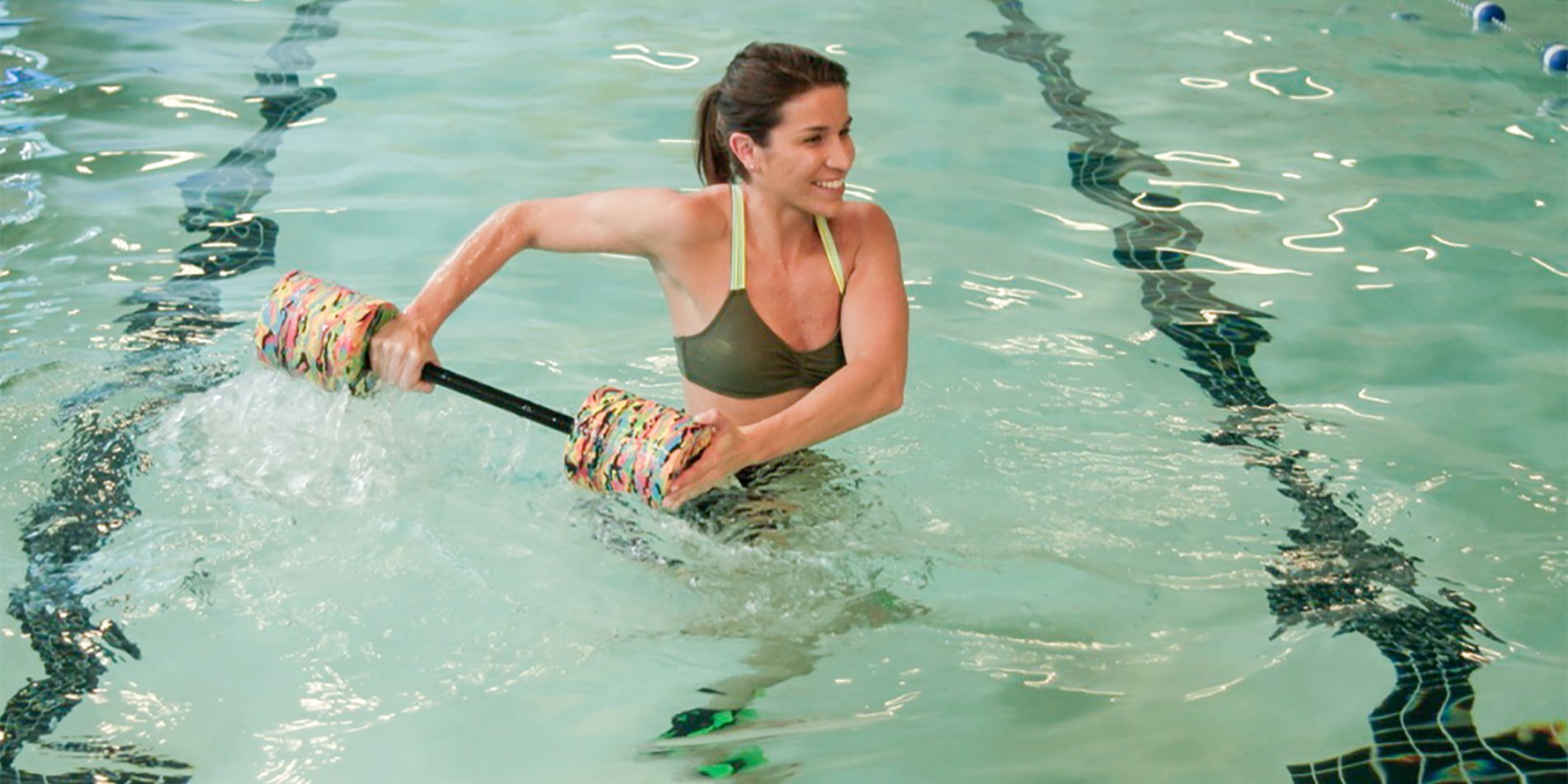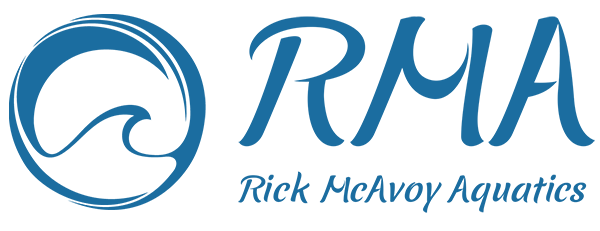
BLOG
5 Common Compensations when Incorporating Upper Body Drag Equipment
When integrating drag equipment into your clients routine there are common compensations that become evident and can be corrected with proper cueing.
Grip: Most clients will tend to grip the handles of the gear too tight. This will cause increase wrist and forearm discomfort when exercising. You may also note that their wrist position is not neutral but will flex and extend as they move. A cue would be “Try to keep your wrists straight but your grip loose as you move”
Posture: Most people myself included don’t have the best posture. Because we are very patterned individuals and tend to sit too much we develop that typical forward head and rounded shoulder posture. When using resistive gear in the water this can become further accentuated because the waters buoyancy and resistance act on the body simultaneously. Cueing for a proper chin tuck with a chest lift will cause facilitation of the lower trapezius musculature which will help with proper postural alignment
Core Stability: Incorporating upper body resistive equipment significantly challenges core stability. If the proximal stability of the core lacks control then the distal mobility of the extremities will cause increased compensation. One common compensation is that the body will rock back and forth with upper body movements. To correct this there are a few options. Remove the equipment so that proper alignment can be maintained during the exercise then gradually reintroduce. You can also slow the movement down enough so that proper core stability can be maintained and controlled.
Limited Range of Motion: When clients are cued to perform exercises at an increased speed we usually notice a reduced ROM .This happens because the client is try to go at a faster rate so they limit the motion to increase the speed of the exercise. Only have the client move as fast as they can with full equal motion.
Pattern: Common substitution patterns that I notice frequently are increased upper trapezius activation, this is demonstrated by the client shoulders being significantly elevated during exercise.
Pattern dominance is exhibited when a client is performing an exercise such as a push/pull exercise. A client will very often push out much more forcefully with the dominant anterior musculature and pull back with less force with the weaker posterior chain musculature.
When incorporating upper body resistive equipment I recommend what I call the 3 P’s: Pattern, Posture, Power.
First, teach the Pattern, Second cue for the Posture and Third integrate Power into the Movement.











